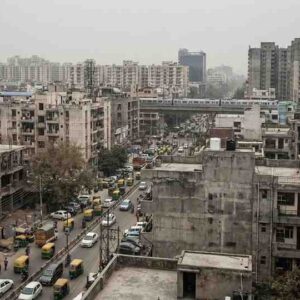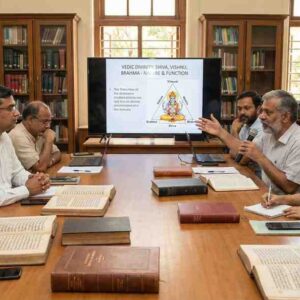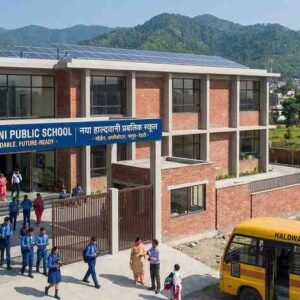A Landmark Reform or a Step Too Far?
The National Education Policy (NEP) 2020, hailed as one of the most significant overhauls in India’s education system, has sparked intense debate since its introduction. With the promise of transforming the educational landscape, the NEP envisions a future where learning is more holistic, inclusive, and geared toward preparing students for the challenges of a rapidly changing world. However, as with any major policy shift, it has not been without controversy. Proponents praise its vision, while critics argue it could introduce more problems than solutions.
The Promise of Holistic Learning
At the heart of NEP 2020 is the shift towards a more holistic, multidisciplinary education. By emphasizing a broad-based curriculum, the policy encourages students to explore subjects beyond traditional streams, promoting creativity and critical thinking. The introduction of flexibility in course selection allows students to choose subjects from various disciplines, even across different domains like arts, sciences, and vocational training. This is seen as a progressive move toward dismantling rigid educational structures and fostering a more well-rounded education system.
Supporters of the NEP argue that this multidisciplinary approach prepares students for real-world challenges by helping them develop a diverse set of skills. With the future workforce demanding adaptability, critical thinking, and problem-solving skills, this shift in the curriculum is seen as a necessary step to future-proof India’s education system.
Inclusive Education and Equal Opportunity
Another strong point of NEP 2020 is its focus on inclusivity. It aims to provide equitable access to quality education for all, particularly marginalized groups, such as children from disadvantaged backgrounds and rural areas. The emphasis on mother tongue-based learning up to Class 5 is lauded as an effort to bridge the language gap, making education more accessible and less intimidating for students from various linguistic backgrounds.
The policy also advocates for increased investments in the education sector, with a commitment to raising public expenditure on education to 6% of GDP. If implemented successfully, this could provide much-needed resources for schools, particularly in underserved areas.
The Downside: Financial and Structural Challenges
Despite its well-meaning objectives, NEP 2020 has raised concerns about the practicality of its implementation. Critics argue that the policy places a heavy financial burden on an already strained public education system. Raising the GDP expenditure to 6% may sound promising, but experts question whether this target is feasible without significant financial restructuring or external investment.
The policy’s call for greater autonomy for schools and universities is also seen as problematic by some. While autonomy can lead to innovation, it may also result in a lack of accountability, especially in rural and less-developed regions. Without the necessary infrastructure, trained staff, and adequate funding, granting more autonomy to institutions could potentially exacerbate the existing inequalities between urban and rural education standards.
Impact on Private and Public Schooling
One of the most debated aspects of the NEP is the increased focus on private and public school cooperation, which some fear could lead to the privatization of education. While the policy aims to provide more opportunities for private-public collaboration, critics warn that this could marginalize public schools further, pushing them into a state of dependency on private entities that may not always have the public interest at heart.
The Question of Language and Regional Identity
The introduction of the three-language formula, which encourages students to learn Hindi, English, and a regional language, has been a point of contention, especially in non-Hindi speaking regions. Critics argue that this approach could marginalize regional languages and cultures, creating resentment among students and parents who feel that their native languages and identities are being undervalued in favor of a uniform national language policy.
The Pressure on Teachers and Resources
Another significant concern is the overwhelming responsibility placed on teachers. NEP 2020 calls for extensive teacher training and the adoption of new pedagogical methods, but the lack of sufficient resources and the current state of teacher training programs may make this goal difficult to achieve. In addition, the policy’s emphasis on technology integration in education raises questions about the readiness of both teachers and students to adopt such advancements, particularly in rural areas where access to digital tools and the internet remains limited.
Conclusion: A Path to Reform or More Hurdles?
The National Education Policy 2020 represents a bold attempt to overhaul India’s educational framework. Its focus on flexibility, inclusivity, and skill development is commendable, and if implemented properly, it could have far-reaching benefits for India’s education system. However, the challenges in implementation, especially in terms of funding, infrastructure, and balancing regional concerns, cannot be overlooked.
Ultimately, whether NEP 2020 will prove to be a transformative policy or one that adds complexity to an already strained system depends on how effectively it is put into practice. It requires strong political will, adequate funding, and a concerted effort from all stakeholders to ensure that its promises translate into real-world benefits for students across the country.













